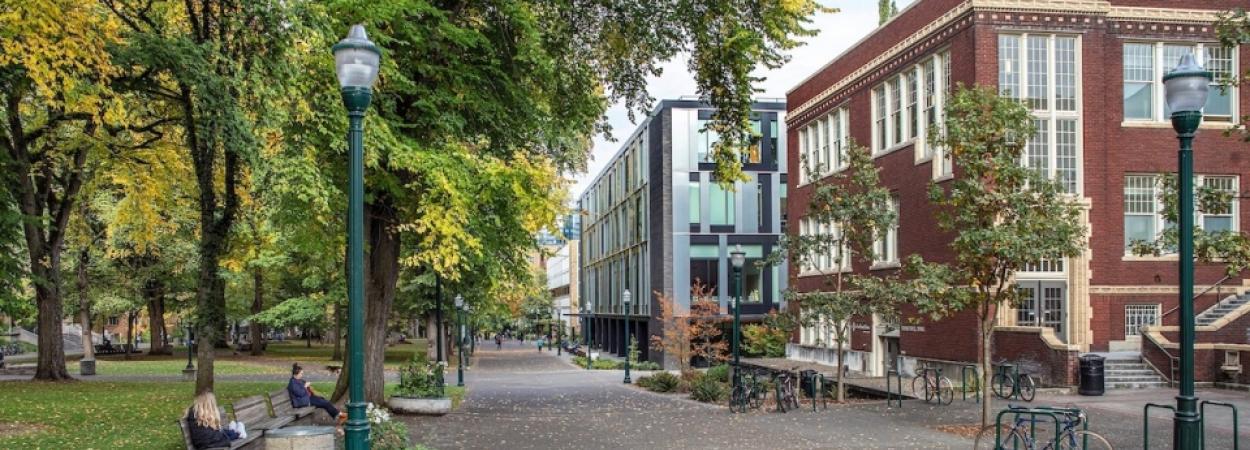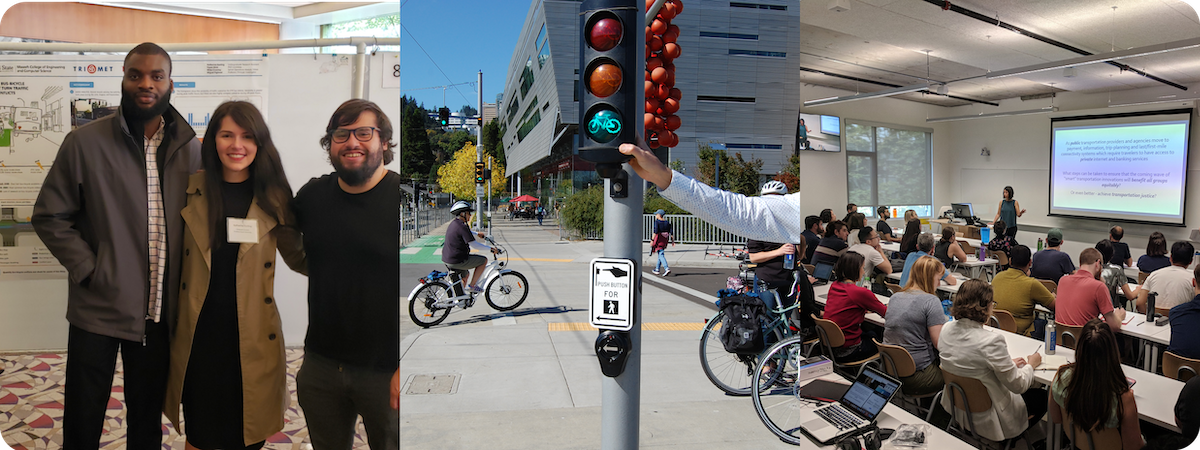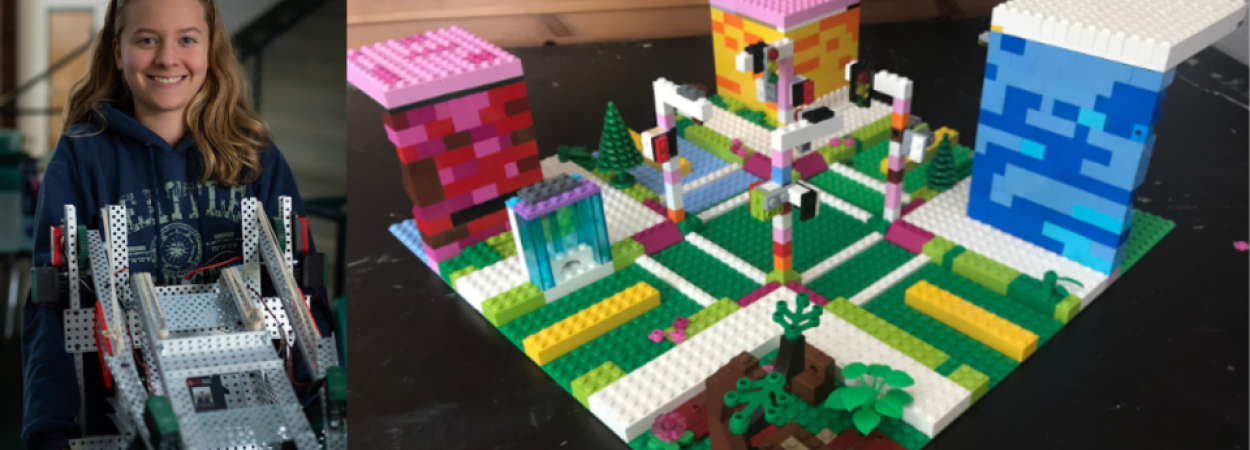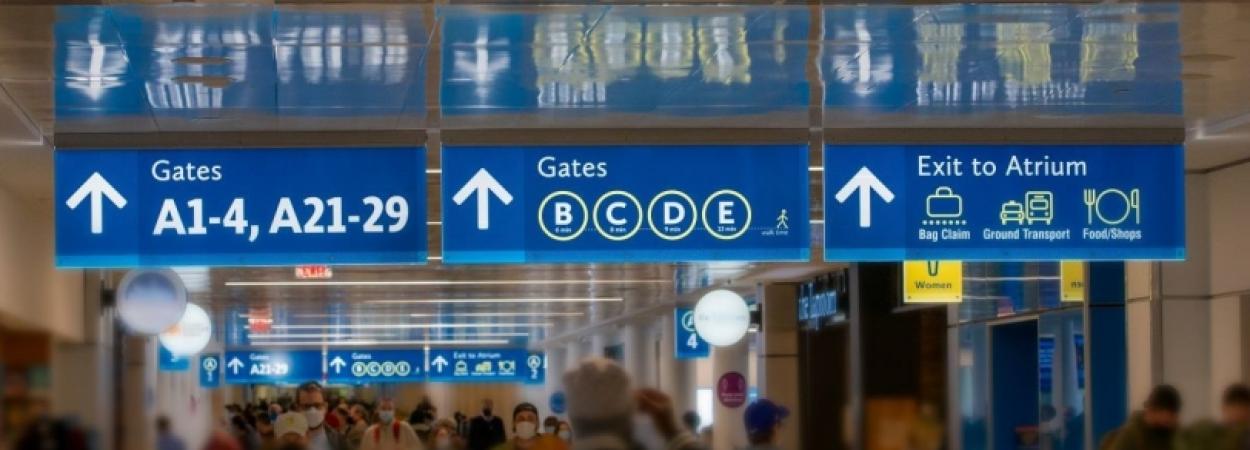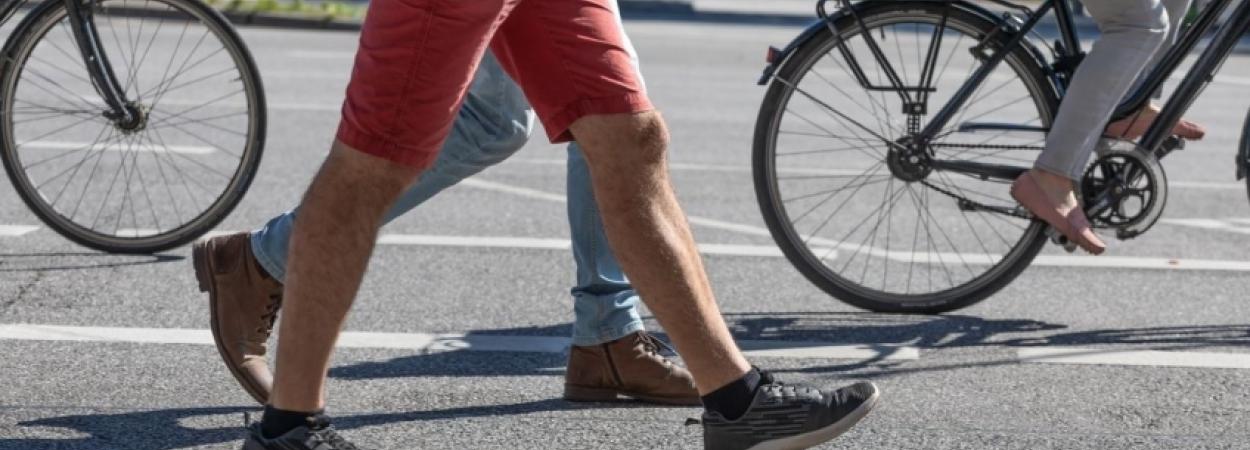Classes begin Tuesday, September 26 for the 2023 Fall term at Portland State, and there are some great courses this term for transportation professionals, including a unique "research into comics" seminar (read more about how this class relates to transportation!). Lifelong learning is a guiding principle of PSU, and anyone interested can take courses through the non-degree application process or as a post-baccalaureate student. Taking a course can be a good way to see if one of our graduate degree programs is right for you. Check out the course offerings below to see what's available this fall.
Civil and Environmental Engineering
Non-degree or non-PSU students should contact the Civil Engineering Academic Program Manager at ceedept@pdx.edu in order to register for a CEE course, as the system requires an approval to process the registration.
559 Transportation Operations
Instructor: Miguel Figliozzi
Delivery: In-Person, Mon/Wed 9:00 AM - 10:50 AM
Operation, modeling, and control of unscheduled and scheduled transportation modes; elementary traffic flow concepts; flow, density and speed; scheduling; route and bottleneck capacities; networks; data interpretation; analysis techniques; diagrams; simulation queuing; optimization. Prerequisite: CE 351.
563 Transportation Optimization
Instructor: Miguel Figliozzi
Delivery: In-Person, Mon/Wed 2:00 PM - 3:50 PM
Introduces students to mathematical modeling techniques including linear and non-linear programming, duality, Lagrangian, quadratic and geometric models, integer programming, basic network models and their application to transportation and logistics systems/problems. The focus is on model formulation, complexity analysis, and the utilization of software to obtain solutions and analyze system properties. The concepts taught in this course focus on civil engineering systems/ applications with an emphasis on transportation and logistics problems.
Urban Studies and Planning
507 Seminar: Research Into Comics
Instructors: Kacy McKinney and Ryan Alexander-Tanner
Delivery: In-Person, Tues/Thurs 2:00 PM - 3:50 PM
Students in this class will explore comics as a deeply engaging medium for communicating complex stories and research findings. Students will learn about comics theory and gain hands-on experience in processes of collaborative research and comics creation. Offering a range of approaches to both research and comics creation, students of the social sciences, arts and humanities, the natural sciences, and professional fields will all gain important skills for communicating research to wide audiences. No prior experience with comics creation or drawing skills necessary.
556 Urban Transportation: Problems and Policies
Instructor: Aaron Golub
Delivery: In-Person, Thurs 4:00 PM - 6:30 PM
An introduction to urban transportation policy from a historical and political perspective. Historical developments in transportation policy are traced from the early streetcar days up through the present. Federal, state, and local transportation policies are examined for their impact on urban spatial and economic development. An overview of current issues in transportation policy and planning includes transportation demand management strategies, transit- oriented design, road pricing, and alternative transportation modes. The intersection of environmental and transportation policy is also examined, as is the decision-making structure at the local, regional, and state level.
587 Travel Demand Modeling
Instructor: Liming Wang
Delivery: In-Person, Mon 10:00 AM - 12:50 PM
Understand, analyze, and apply travel demand forecasting models from an applied and practical perspective. The underlying theoretical basis of model components will also be covered. Student will become familiar with the traditional four-step travel forecasting process, including model application software package, and interpretation of model output. Involves hands-on use of transportation modeling software. Prerequisites: an introductory course in urban transportation planning or professional experience in urban transportation planning; familiarity with spreadsheet software; college-level algebra; and introductory statistics (i.e., regression analysis). Prior experience with DOS is helpful but not mandatory.
654 Data Analysis II: Lab & Lecture
Instructor: Liming Wang
Delivery: In-Person
Lecture: Mon 04:00 PM - 06:30 PM
Lab/Studio Portion: Mon 6:40 PM - 7:30 PM
Takes an applied approach to statistical analysis and research methodology and is the second in a two-course sequence. Provides students with statistical background, conceptual understanding, technical writing skills, computer application, and the ability to apply these skills to realistic data analysis problems and research designs. Topics include simple regression and correlation, multiple regression, and logistic regression. The laboratory (USP 654L) must be taken concurrently. Recommended prerequisites: USP 634 or an equivalent course approved by the instructor and prior experience with statistical software.
Friday Transportation Seminars
Friday Transportation Seminars at PSU are offered as a for-credit class in the Fall term (CE 514 / USP 514). However, these seminars are also open to the public! You can always find upcoming seminars on the TREC website.
Graduate Certificate in Transportation
The two disciplines, planning and engineering, also collaborate to offer a Graduate Certificate in Transportation for established professionals looking for a deeper understanding of transportation disciplines. Increasingly, transportation professionals need multi-disciplinary knowledge and skills to anticipate social, environmental, and technological trends and incorporate them into intelligently-integrated transportation systems. The Graduate Certificate in Transportation will offer you advanced education at the intersection of urban planning and civil engineering for those seeking to build upon their knowledge and credentials to move people and goods safely.
Photo courtesy of Portland State University
The Transportation Research and Education Center (TREC) at Portland State University is home to the National Institute for Transportation and Communities (NITC), the Initiative for Bicycle and Pedestrian Innovation (IBPI), and other transportation programs. TREC produces research and tools for transportation decision makers, develops K-12 curriculum to expand the diversity and capacity of the workforce, and engages students and professionals through education.

